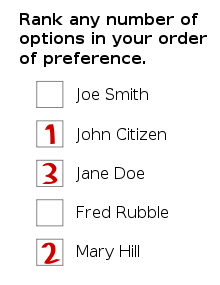This means that the ward boundaries should be changed much more sooner than later. We shouldn't wait another 20 years before we do it again.
See in particular paras 26 and 27 o the OMB decision:
26] Dr. Davidson explained that the 47 ward structure is designed to be used in at least three and perhaps four, election cycles: 2018, 2022, 2026 and 2030. The TWBR established 2026 as the target or design year for the project. A target year or target election is required to draw ward boundaries. The assumption made was that given the City is growing at a rapid rate, the review had to consider future growth and where that growth is going to occur. Designing a system with a 2018 target year would have
resulted, in Dr. Davison’s view, i
n ward boundaries that would have to immediately be revisited following that election. Dr. Davidson explained that the TWBR looked to the future and considered the growth of the City in determining a new ward structure. He said that in a fast growing Cit
y, this is critical: “Determining new ward boundaries solely
from the last census (2011) would yield a ward configuration out of balance at the outset
(2018) that will become progressively more problematic in subsequent elections”
(Exhibit 4, Davidson Witness Statement, para. 129). Consequently, what the TWBR did was use a projection scenario that reflects the
Growth Plan for the Greater Golden Horseshoe, 2006
(with a total projected population of 3.190 million for 2031). The City has detailed population projections by 599 small geographic areas called Traffic Zones
(“TZs”).
The City relies on these projections for use in the Official Plan and by other departments. They take into account proposed and potential development. The TWBR used the City TZ population projections, adjusted to election years, and calculated the voter parity based on population (also described as the population parity) component of effective representation for the various options under consideration.
[27] Dr. Davidson explained that the target year of 2026 to design ward boundaries remains appropriate for several reasons. He stated:
It provides stability for at least 3 elections and possibly 4. It is only 8
years in the future from the next election in 2018. It allows Toronto’s rapid growth to be accommodated, as it is more appropriate to allow wards to grow towards voter parity than away from voter parity. Selecting 2026 as the target year allows the TWBR to address the imbalance that arises from both wards with small populations that are stable and wards with large populations that are growing rapidly” (Exhibit 4, Davidson Witness Statement, para. 62)







